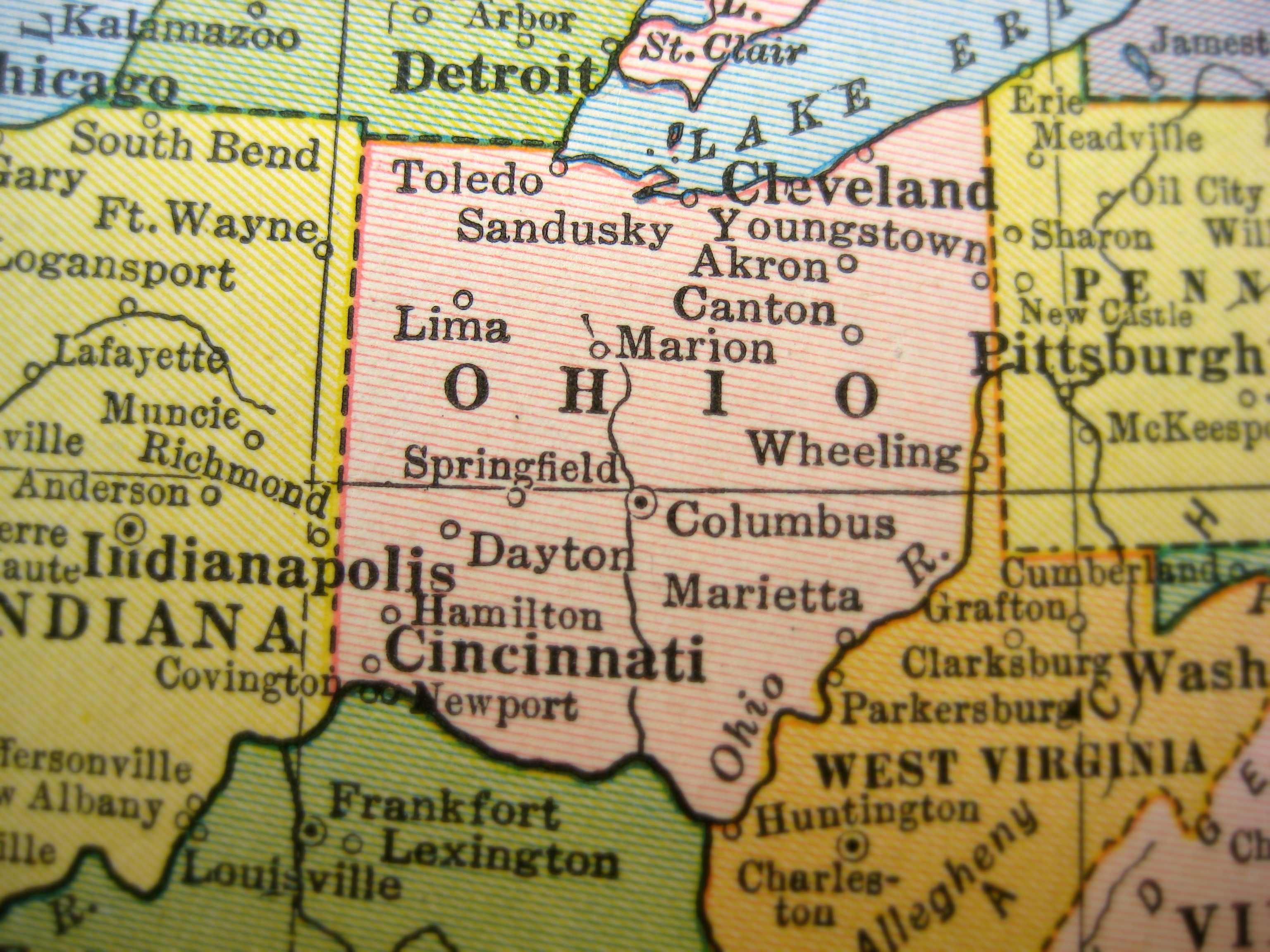Fight Against Voter Purge Continues in Ohio

In June, the U.S. Supreme Court narrowly upheld an Ohio law allowing elections officials to remove voters from the rolls if they have not voted in six years nor responded to government mailings, even if they would otherwise be fully eligible to vote. The law saw 144,000 voters from Ohio’s largest three counties purged from the state’s rolls prior to the 2016 election.
Under the Ohio law, voters are mailed an address confirmation form once they miss a single federal election cycle. If voters complete and return the form, they stay on the state’s rolls. If they do not respond and fail to vote in two consecutive federal election cycles, their names are erased from the voting list.
The 5-4 decision, deemed a victory for election integrity by the defendant and Ohio Secretary of State John Husted, opens the door for similar voting laws across the U.S. that could have an impact on the voting behavior of otherwise-eligible voters, particularly voters of color.
PRRI data shows that a substantial swath of the U.S. adult population votes infrequently, if ever. – ‘Irregular Voters’—those who report participating in presidential elections occasionally but are far less likely to vote in other types of elections—and ‘non-voters’—those who rarely, if ever, participate in elections—comprise more than two-fifths of the U.S. adult population (27 percent and 16 percent, respectively), according to PRRI/The Atlantic data. These voters are the most likely to skip a federal election cycle or two, potentially endangering themselves of disenfranchisement.
The ruling comes at a point of substantial partisan contention on the issues of voter suppression and election integrity. Only 36 percent of Americans and 31 percent of Democrats, but half of Republicans (52 percent), say voter fraud, or “people casting votes who are not eligible to vote,” is a major problem with the current election system. Conversely, more than half (56 percent) of Democrats believe “eligible voters being denied the right to vote” is a major issue, compared to less than two-fifths (19 percent) of Republicans. Among the public overall, about four in ten (38 percent) say voter disenfranchisement is a serious problem.
The opinions of Ohio residents generally mirror the nation’s as a whole. About four in ten (38 percent) Ohioans say voter fraud is a major issue, while just over one-third (35 percent) cite voter disenfranchisement as a serious problem.
Husted has said the state will not begin purging voter rolls until after the November 8 midterm elections. But longer-term efforts to cull voter rolls, particularly if the Ohio law is reproduced, could affect how voters vote in future elections at all levels of government.
The Supreme Court’s decision has put a similar lawsuit in the state of Georgia in flux, potentially leaving hundreds of thousands of voters out of the process.
Contributed by PRRI Summer 2018 Communications Intern Ben Hunkler

